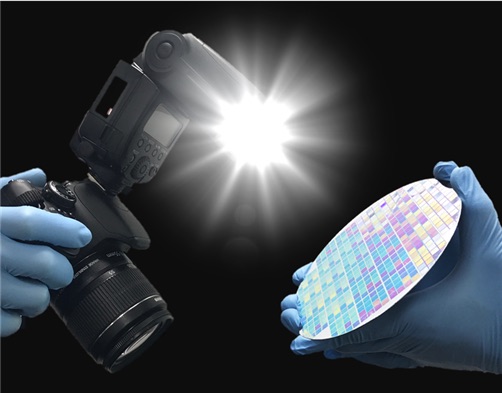The research team led by Professor Sang Ouk Kim from the Department of Materials Science and Engineering at KAIST has developed a technique for manufacturing semiconductors using camera flashes. The work was the product of collaboration between the research team at KAIST and a team led by Professor Kwang Ho Kim from Pusan National University.
Conventionally, industries mainly used photolithography to produce small patterns, but this technique is limited in creating ultra-fine patterns that are less than 10 nm. As an alternative, molecular assembly patterning technology has been a subject of interest for many as it is inexpensive and is able to form fine patterns. However, expansion of the technology was hampered due to the time-consuming nature of heat or toxic vapor treatment typically associated with the process.

Considering the context, the outcome of the research seems to convey important implications. In this study, a camera flash was used to produce patterns with a size of 7 nm in 15 milliseconds. As a single flash of light was sufficient to create molecular assembly patterns — a great advancement from the traditional time-consuming process — it opens up numerous possibilities for the mass production and commercialization of molecular assembly patterning technology. As Professor Sang Ouk Kim commented, “Despite its potential, molecular assembly semiconductor technology has remained a big challenge in improving process efficiency ... This technology will be a breakthrough for the practical use of molecular assembly- based semiconductors.”
The development of lithography techniques that can create ultra-fine patterns is crucial in manufacturing semiconductor devices, which are needed for numerous technology; with the availability of big data and the rapid progress in artificial intelligence and IoT, there are limitless opportunities for the semiconductor industry as manifested by the camera flash research. The study was published in the international journal Advanced Materials on August 21.

